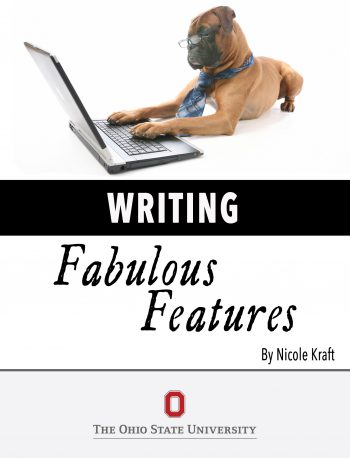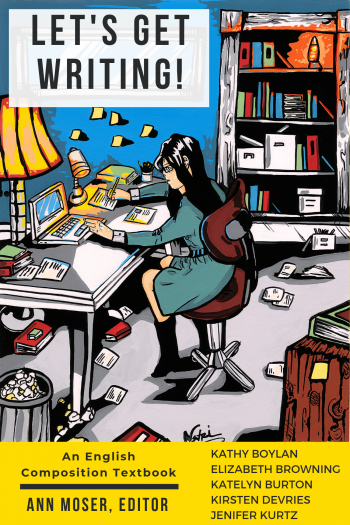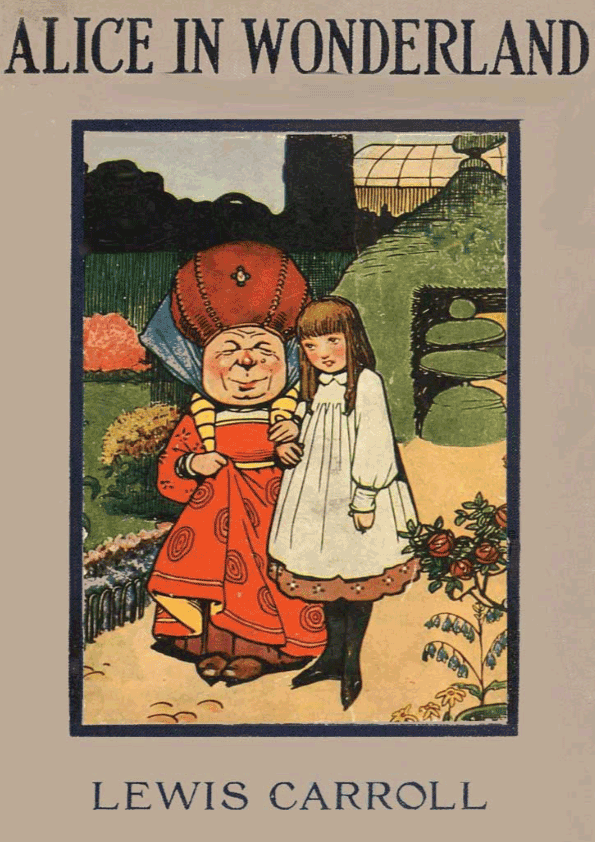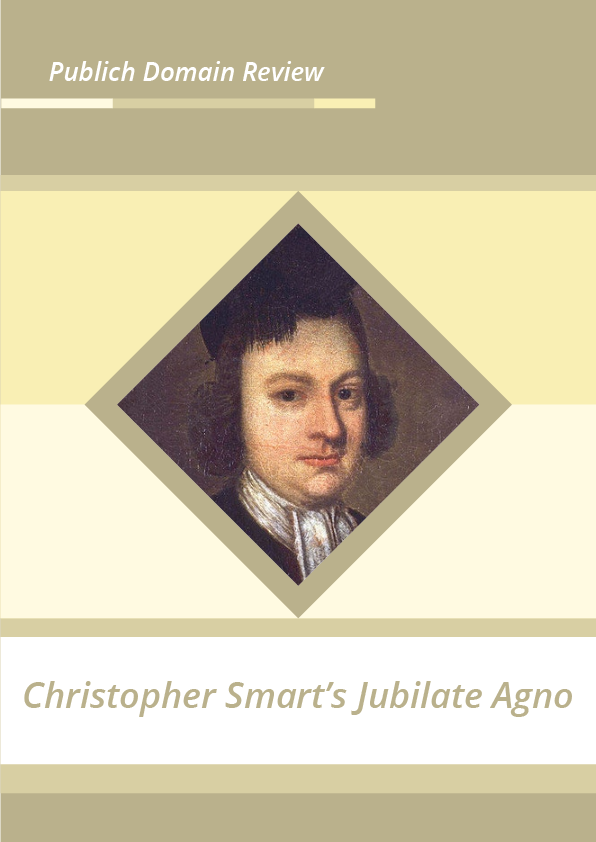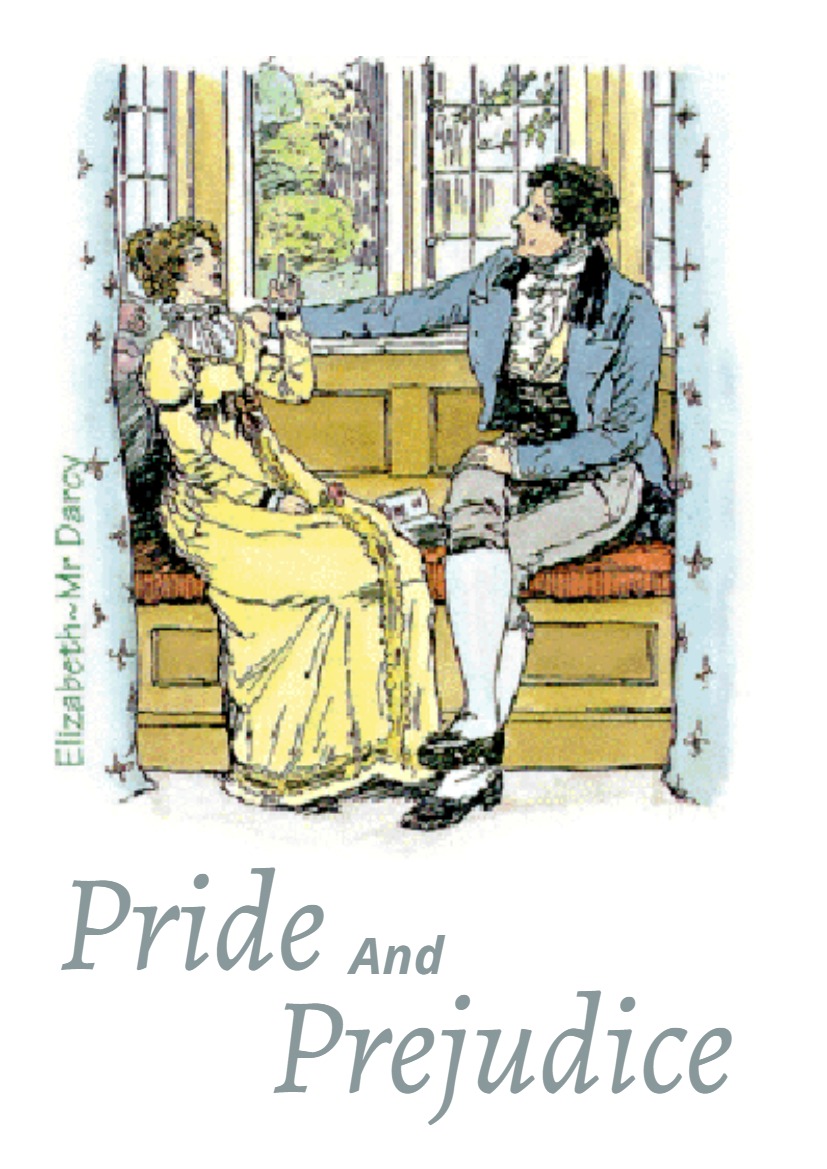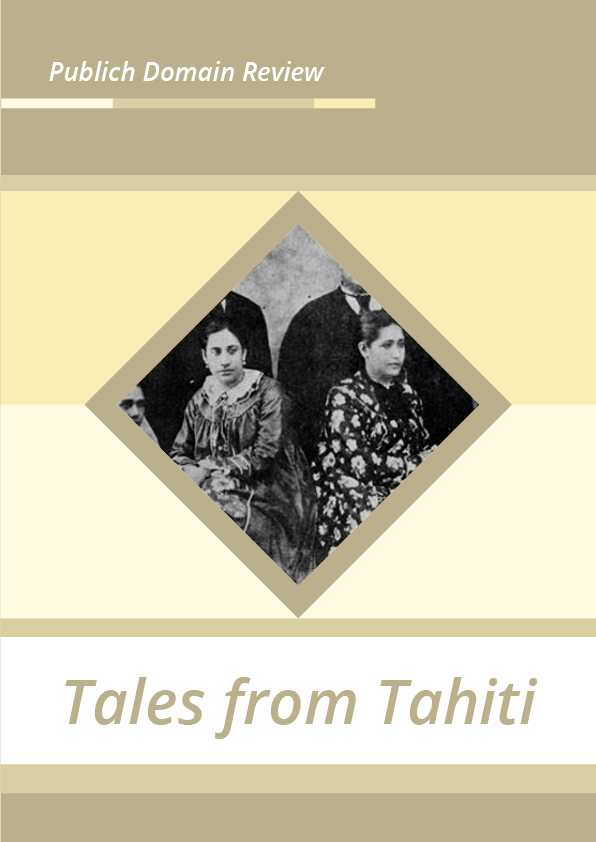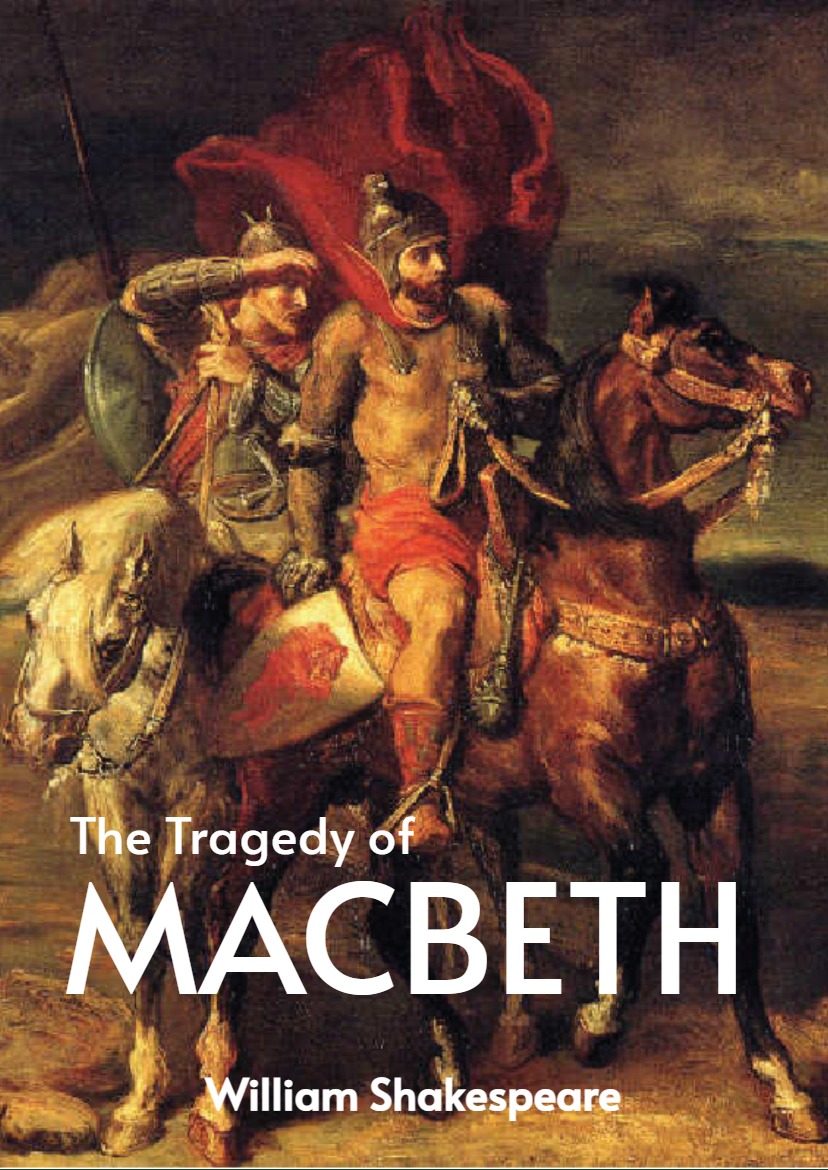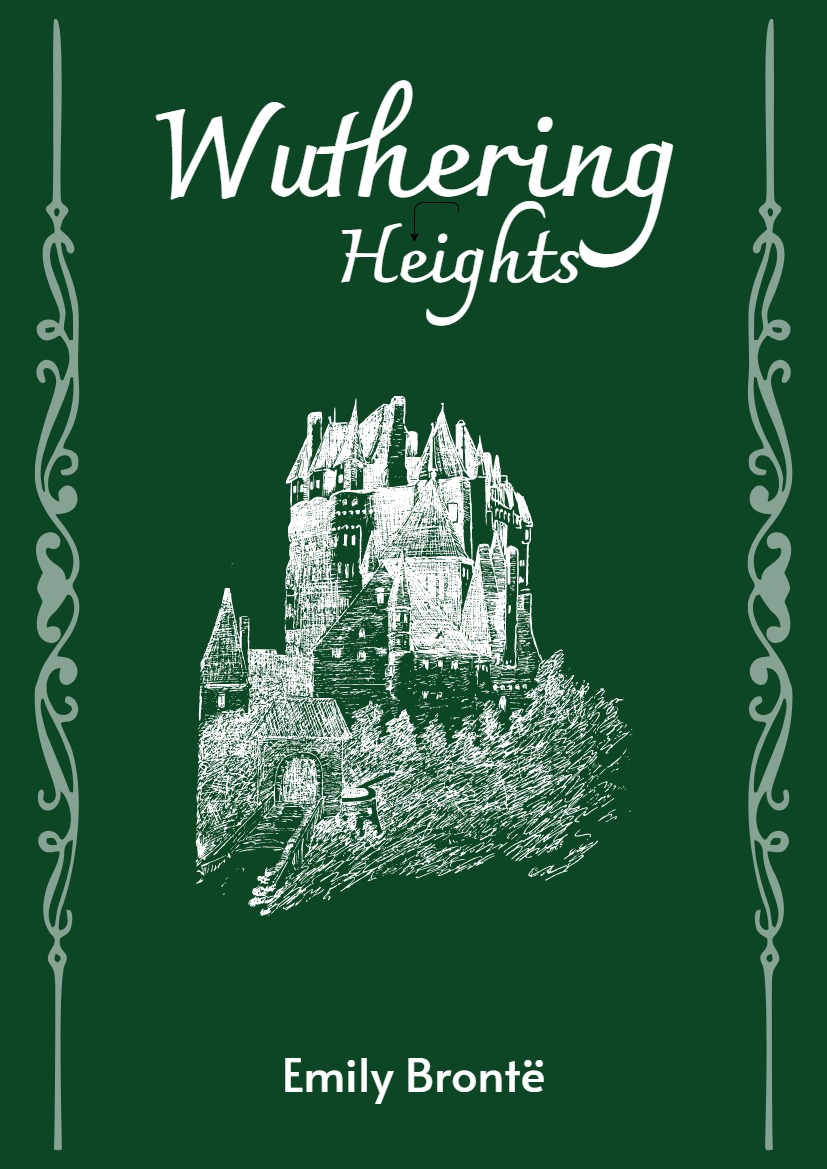“Start writing, no matter what. The water does not flow until the faucet is turned on.” Louis L’Amour
“Who can write features? The short answer is, “Anyone who writes.” I don’t mean you have to be on the staff of a publication or newspaper to exchange writing for money. Really, all you need is creativity, tenacity and the desire and ability to see stories in every person you meet and each situation you experience. Sounds simple, right? I have since 2004 taught feature writing at Ohio State University — first as an adjunct professor while I was the editor of Hoof Beats magazine, and now as an associate professor of clinical communication.
One reason the class is often full is that students are often seeking real-world journalism experiences. In this class, students come up with story ideas, pitch them to an editor (me), research, report and write them, and then pitch them for publication. Finding feature success begins with thinking and seeing the world as would a writer.
Let’s start with these four tips:
- Think like a reader reader: Articles are not written for writers, editors or publishers — or professors. They are written for readers. To determine whether an idea is worth writing, think like the reader you wish to serve. What would you find compelling or interesting? What questions would you have that this article could answer?
- Be a good reader reader: This is perhaps the most important advice for prospective writers and the one that seems the most difficult to fulfill. You have to see writing —good, bad, mediocre — in order to recognize the same traits in yourself. Many young writers skip this step and immediately start trying to put sentences together. Good writing, however, is developed, not inherent. Let others be a guide.
- Look for story ideas everywhere everywhere: To find those ideas, you have to train your mind to look for them — in every store, at every party, every day on your way to work, in every experience.
The key to finding features is to understand what gives an idea “feature value,” basically, why people would care enough to read a story about this topic.
“Finding the right story is 70% of it; the other 30% of it is telling it,” Tom Reed of The Athletic said. “I think it is coming up with the idea and hopefully one which hasn’t been told or hasn’t been told in the way you want to tell it. Once you find the idea, then everything falls into place.”
He cited an example from 2009 when, as a sports reporter for The Columbus Dispatch, he approached an Ohio State staff member about any interesting stories on the track and field team. The response: Did he know that a shot-put thrower had, four years earlier, inadvertently killed a judge in a track meet at California? “It was an older gentleman who was hard of hearing and … walked across the course and he didn’t know the event was going on,” Reed said. “I ended up getting ahold of both families. It took [the student-athlete] years to get back into it. He felt horrible killing somebody, even though it wasn’t his fault, and he really struggled with that.
“So finding the story, again, I’d say is 70% of the battle.” In addition to finding the idea, a story has “legs,” “teeth” or both, according to Mitch Hooper of (614) media group. “Legs” mean the story is functional and can walk on its own — its feature value is clear and evident. Having LEARNING TO WRITE NON-FICTION WITH FLAIR 10 “teeth” means it has an interesting angle or relevance as to why it’s being written about now. “A lot of the times it’s kind of looking for these angles that are unique or interesting, and maybe it hasn’t been tapped into before or has been told yet in this way,” Hooper said. “I think that’s ultimately our job a lot of the times, to be the gatekeeper for what story deserves to be told and what story doesn’t deserve to be told. That can be kind of hard but I think for the most part our job is to find these untold stories, not necessarily rehash something that’s been told over and over again.”
